24 destinations cracking down on overtourism, from Venice to Bhutan
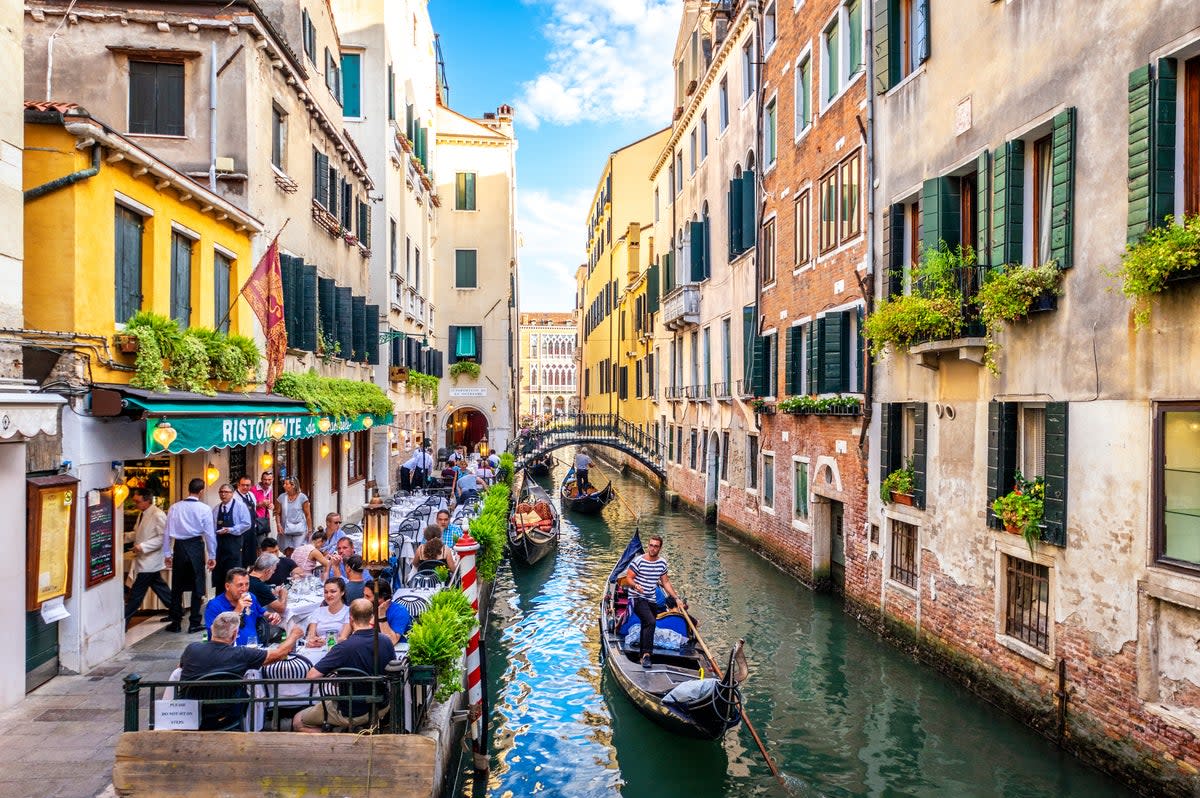
For destinations the world over, there’s a delicate balance to be struck. Following the pause of tourism during Covid restrictions, many places reliant on visitors were champing at the bit to lure back holidaymakers once travel opened up again. But there are tourists – and then there are too many tourists.
Post-pandemic, the influx of millions of visitors to tourist-strewn towns has, in some cases, risen to levels above those seen in 2019. Too much tourism threatens to disrupt residents and natural ecosystems, and contribute to transport pollution.
Unesco has warned of potential damage to protected areas ,and Fodor’s “No Travel List” recommended reconsidering a visit to “suffering cultural hotspots” with overstretched infrastructure, such as Dubrovnik, in 2023.
Some destinations themselves have started taking a stand. Italy’s hardened approach to tackling the issue is leading the charge against overtourism in peak season, and countries looking to maintain tradition and encourage sustainability through a redirection to low-impact tourism have followed suit.
Bans on cruise ships and short-term holiday rentals such as Airbnb, and caps on visitor numbers are among the ways destinations are trying to get a handle on escalating tourism, alongside championing considerate behaviour.
Here are the destinations cracking down on tourism, from Bhutan to Athens.
Read more on overtourism:
Barcelona for Valencia and other holiday swaps to make to avoid the crowds
Venice entry fees: How much does it cost and how does it work?
Italy
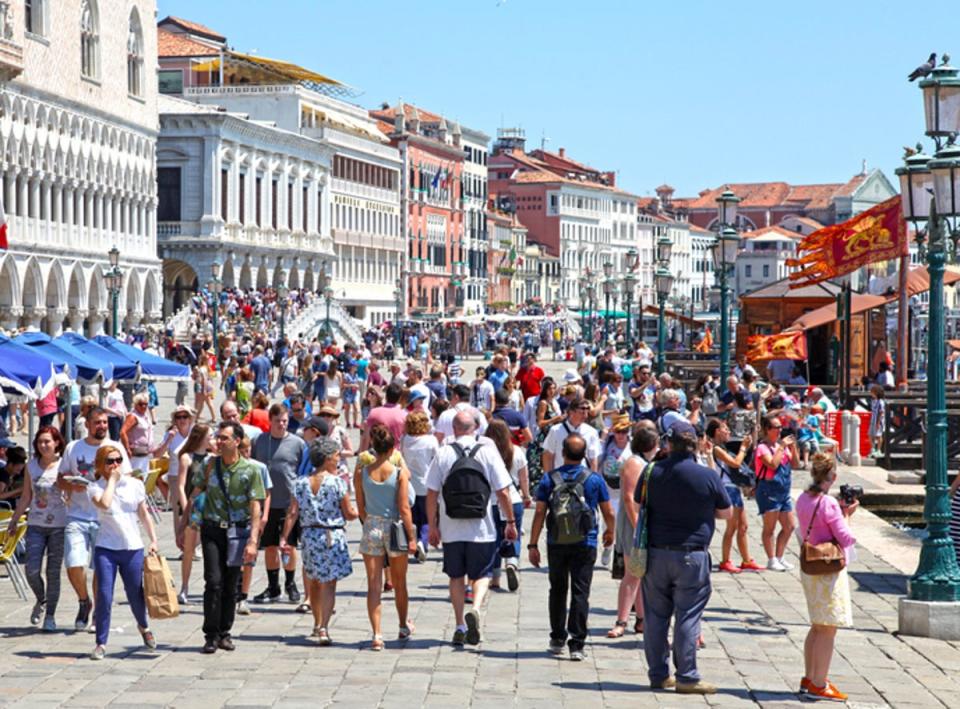
Venice
Venice has heeded Unesco warnings of “irreversible damage” to its historic centre and introduced an entry fee for daytrippers between 8.30am and 4pm in spring and summer. Day-tripping tourists will incur a €5 (£4.30) charge and be subject to a ticketing system as part of plans to tackle overtourism in the popular canal city flooded with 30 million visitors annually. The tax follows the Italian city’s decision to ban cruise ships from the centre in 2019 after an incident where a cruise liner hit a dock.
Portofino
In Portofino, tourists lingering in viral Instagram spots to take selfies could be fined €275 (£242) for creating a dangerous situation. Implemented red zones or “no waiting” areas are intended to prevent traffic jams and congested pavements in the picturesque Italian Riviera town during peak season, April to October. Mayor of Portofino Matteo Viacava said tourists pausing to take pictures cause “anarchic chaos” and added in a statement to The Times: “The objective is not to make the place more exclusive but to allow everyone to enjoy our beauty.”
Rome
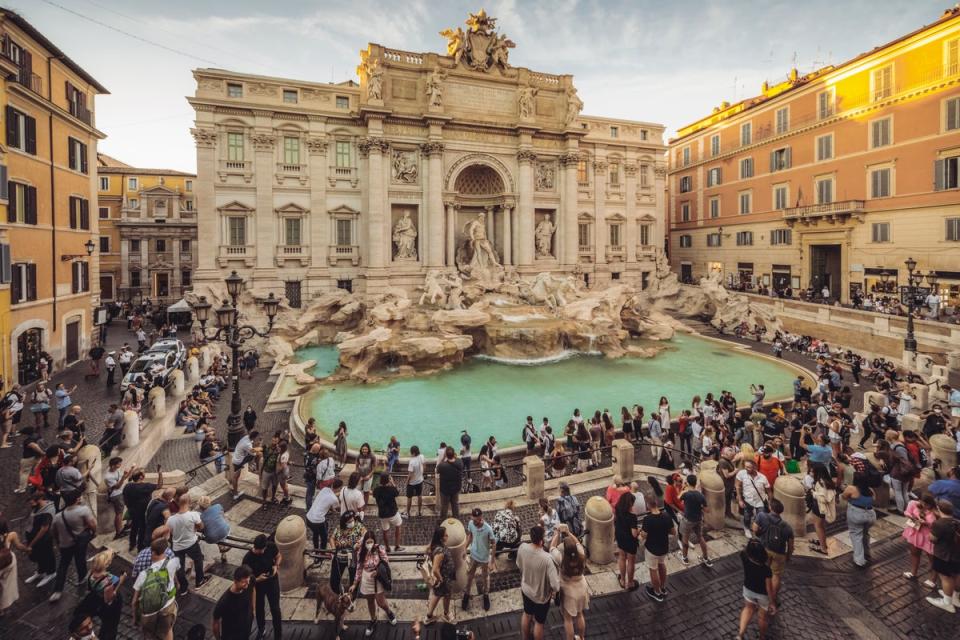
Visitors to Rome may face severe fines or even bans at attractions in a crackdown on out-of-line tourist behaviour in the Italian capital. Since 2019 men are no longer allowed to go shirtless in public, “love padlocks” are forbidden from being attached to bridges and those caught snacking on messy foods around busy tourist attractions (specifically the Trevi Fountain), could also be fined. The regulations may also incur a warning from police patrolling attractions.
Sardinia
Travellers to Sardinia are warned against wandering on the inviting pink sands of Spiaggia Rosa at risk of a fine ranging from €500 (£428) up to €3,500 (£2,993). A stricter enforcement of the Budelli Island beach ban, first introduced over 30 years ago, stems from concerns that tourism poses a danger to the pink micro-organisms that live on the shore. In 2022, visitor numbers on five Sardinian beaches were capped at 60 and €3 per person, per day visitor fees were implemented in a bid to protect the island’s shores from litter.
Florence
In June, Florence banned the use of Airbnbs and short-term private holiday rentals in its historic city centre. The Unesco World Heritage Site is home to around 11,000 short-term private rental properties and housing stock in the area had depleted the availability of affordable housing for full-time residents.
Trentino Alto Adige
New rules limiting the number of overnight guests in Trentino Alto Adige could make it more difficult for holidaymakers to find accommodation in the Italian region’s areas of natural beauty including a famed glacial lake, Lago di Braies. The number of visitors staying in the area will be capped at 2019 levels in an effort to combat overtourism, top attractions including the Alpe di Siusi will require pre-registration and no new guest houses are permitted to open.
Athens, Greece
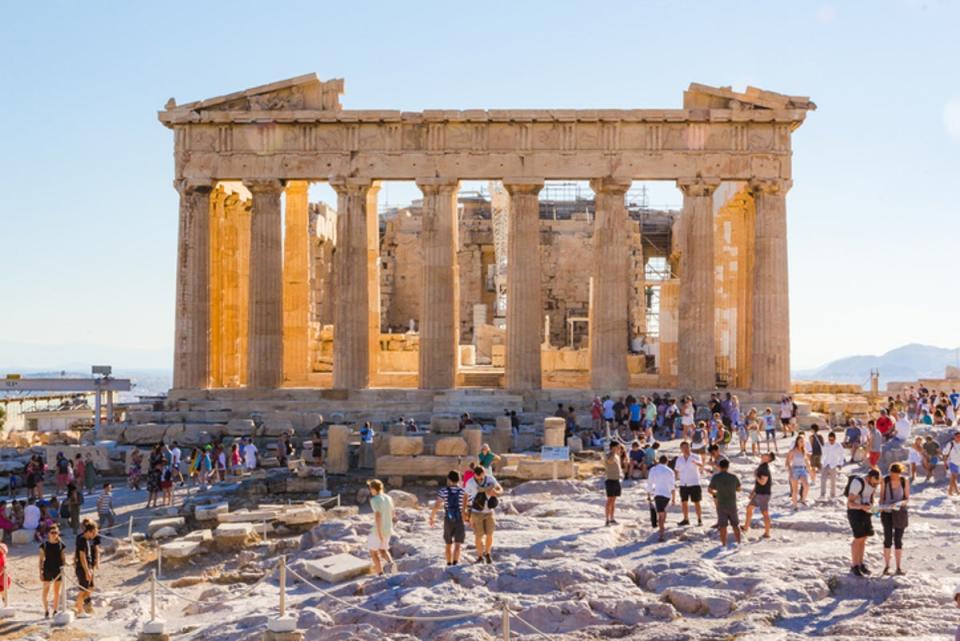
The famed Greek Acropolis capped visitor numbers at 20,000 in September 2023 to reduce footfall at the ancient monument. Visitors will also have to book a time slot in advance with caps changing from hour to hour between 8am and 8pm. The Greek culture minister, Lina Mendoni said: “The measure will address the need to protect the monument, which is the main thing for us, as well as [improving] visitors’ experience of the site.”
Hallstatt, Austria
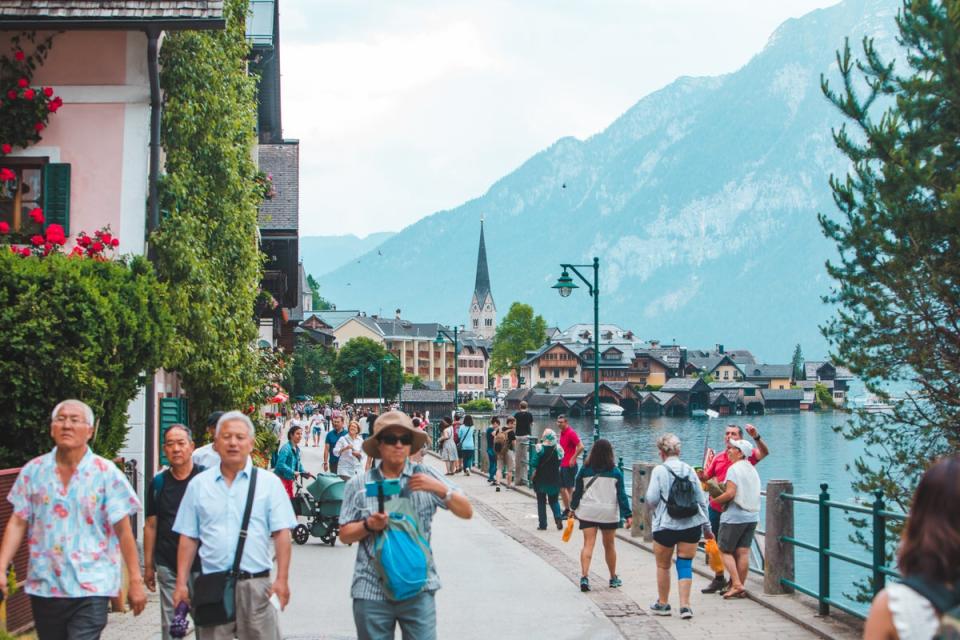
The Austrian town said to have inspired Frozen’s Arendelle, Hallstatt, took measures to deter tourists from visiting the fairytale spot by constructing wooden fences that obstruct lakeside views of the area that make for a popular selfie backdrop. Pre-pandemic, foot traffic to the protected Unesco site was averaging 10,000 visitors a day prompting Alexander Scheutz, Hallstatt’s mayor, to cap the number of tour buses and cars allowed to enter the area with the intention of “reduce tourism numbers by at least a third.” Locals also took to the streets in October to protest overtourism with signs that read “tourism yes – mass tourism no”.
Galapagos Islands, Ecuador
Tourism in the Galapagos is tightly controlled with strict regulations on land and sea enforced by the Galapagos National Park Service. These include walking only on marked trails, visiting protected areas with a specialized guide only and not visiting the islands’ main natural beauty spots on privately owned yachts. All tourists visiting the archipelago must also pay an entry tax – $100 for those over 12 years old and $50 for those under.
Boracay, Philippines
In 2018, Boracay, a popular tourist island in the Philippines, was closed for six months after the country’s president declared the once-white sand beaches “cesspools”. Sewage problems from hotels and restaurants accommodating the tourism industry threatened to take the environment of the idyllic island past the point of no return.
Maya Beach, Thailand
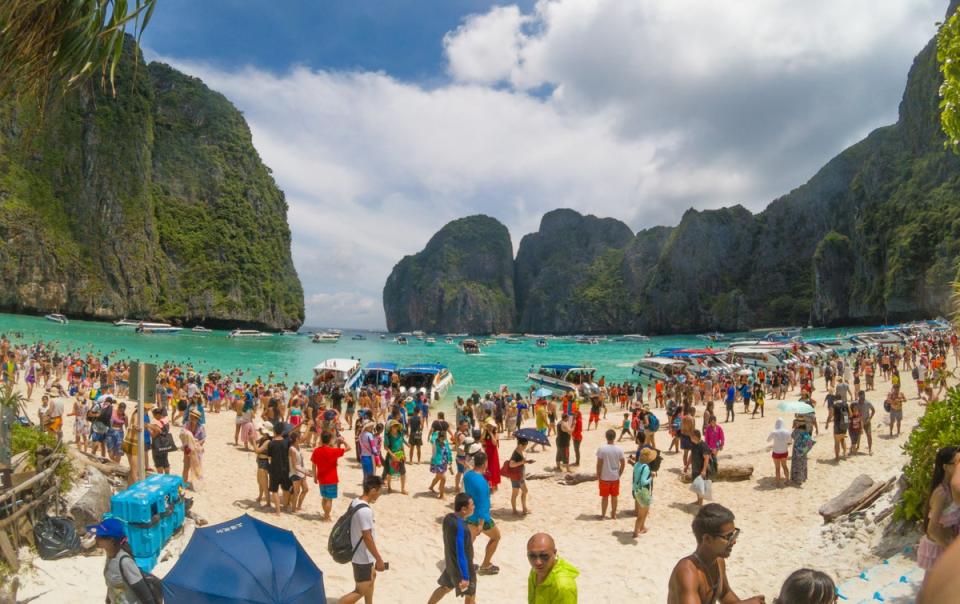
Famous as the setting for the Hollywood blockbuster The Beach, Maya Bay in Ko Phi Phi Leh, Thailand, was closed in the summer of 2018 to restore the natural landscape, ecosystems and coral reefs overwhelmed by 5,000 tourists a day. The beach reopened in January 2022 but swimming in the bay remains banned to protect the restored coral and black-tipped reef shark population. Visitors are also only allowed to visit for an hour and motorboats are banned from the bay itself.
Penang, Malaysia
Penang became the first destination in Southeast Asia to ban short-term rental platforms such as Airbnb holiday homes in June 2023 as a result of the behaviour of international tourists negatively impacting local residents. Under the regulations, only commercial properties are now able to host guests on a short-term basis – this is subject to registration fees and a 75 per cent approval from the other residents in the host’s building.
Bali, Indonesia
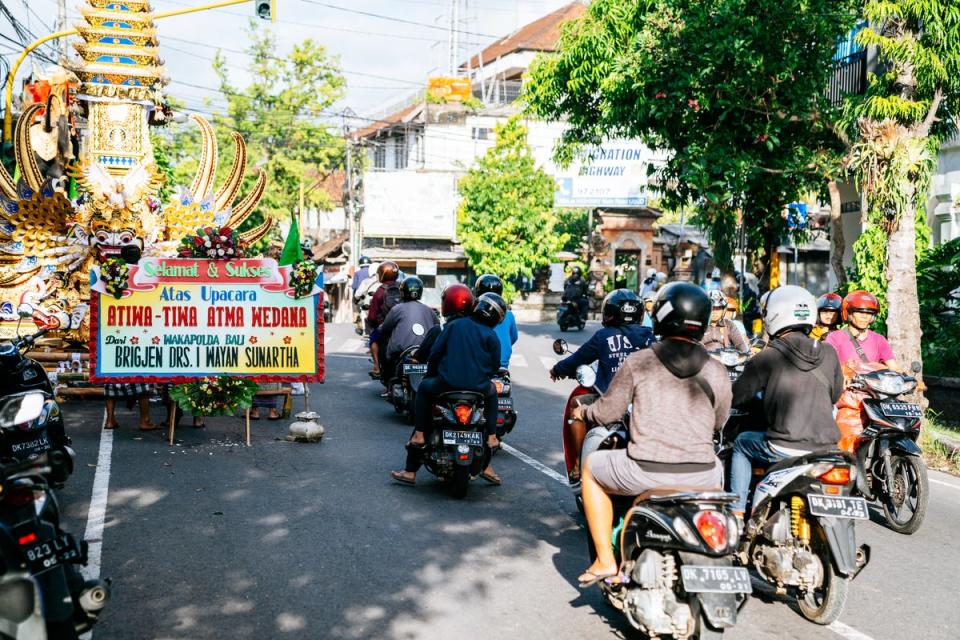
In February, Indonesian tourism giant Bali introduced a $10 (£7.70) tourist tax to discourage unruly tourists from visiting the “low-cost” island. Visitors will be forced to pay the 150,000 rupiah levy before they can enter the popular backpacking destination, plus a tourist handbook outlining acceptable behaviour could also be distributed to travellers as part of further measures by the Bali Tourism Board.
Okinawa, Japan
The “Galapagos of the East”, Okinawa in Japan introduced a cap on visitor numbers to combat over tourism and protected an endangered species of indigenous wild cat, the Iriomote cat. As of April 2023, a maximum of 1,200 tourists a day will be able to travel to the Iriomote island of the Okinawa prefecture in a bid to preserve the ecosystem and the quality of life for permanent residents.
Amsterdam, the Netherlands
The latest measures of Amsterdam’s campaign against overtourism – a limit on the number of river cruises that enter the Dutch capital’s waterways and plans to reduce overnight visitors by banning the construction of new hotels. The proposals to restrict the way tourists enter and stay in the city predict 271,000 fewer visitors per year via river cruise and aim to limit overnight stays to just 20 million tourists annually.
Ocean-going cruise ships were banned from docking in the city centre last July and Brits were urged to “stay away” by authorities in Amsterdam due to complaints of antisocial behaviour during stag parties and pub crawls. The Dutch capital’s campaign in March 2023 targeted search engine keywords including “stag party Amsterdam” and “pub crawl Amsterdam” when entered by British internet users; a warning video consequently popped up.
Spain
Barcelona

Barcelona increased its municipal tourist tax from €5.25 to €6.75 per night in April 2024 for guests staying in a five-star hotel, with the sum paid to Barcelona’s Generalitat and the City Council. The surcharge is on top of the general nightly tourist tax (now €3.50) paid to the region and, as a result, means that five-star hotel guests will pay €47.25 (£41) per seven-night stay on top of their hotel room rate.
Last October, the Spanish city cut the number of cruise ships able to dock at its central port at any one time from 10 to seven and recently the 116 bus route, one of the few to stop outside Parc Güell‘s main gates, was removed from tourist maps to deter holidaymakers from visiting in peak season.
Seville
Holidaymakers visiting Seville will soon be charged to enter the historic Plaza de España under new plans to tackle overtourism in the southern Spanish city. Most of the details including the exact charge and ticketing system are currently unclear, but Sevillian citizens will be exempt from the charge.
French Polynesia
The pristine Pacific islands of French Polynesia plan to cap annual tourist numbers in a sustainability push. Local cruise lines with up to 700 passengers will take priority over international cruise ships and the cap will not exceed 300,000 visitors a year – equivalent to one tourist per local.
France
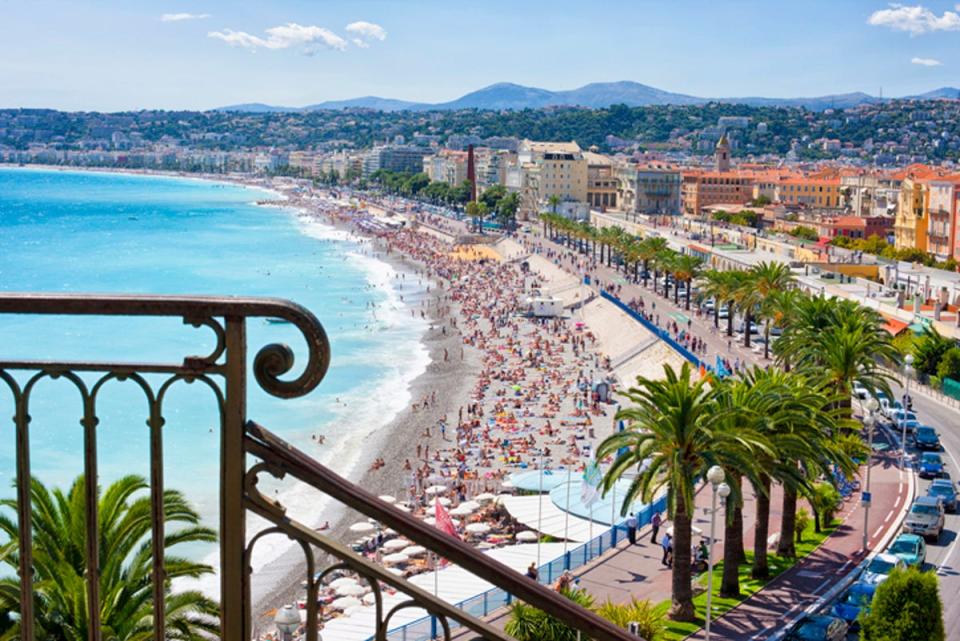
French tourism minister, Olivia Gregoire presented a roadmap to combat over tourism by regulating tourism flows and supporting local authorities experiencing visitor surges last June. Iconic French attractions such as the Mont-Saint-Michel abbey in Normandy and the Louvre Museum previously risked being overwhelmed by the volume of visitors.
Machu Picchu, Peru
In 2019, the bucket-list Unesco site Machu Picchu introduced a strict ticketing system and time slots to tackle overtourism. Visitors must now arrive within a specific time slot with a four-hour time limit for each visit and a set closing time of 5.30pm. Previous rules already outlined that visitors were only able to enter Machu Picchu with an official tour guide, group sizes were limited to 16 people and defined routes had to be followed around the site.
Cornwall, UK
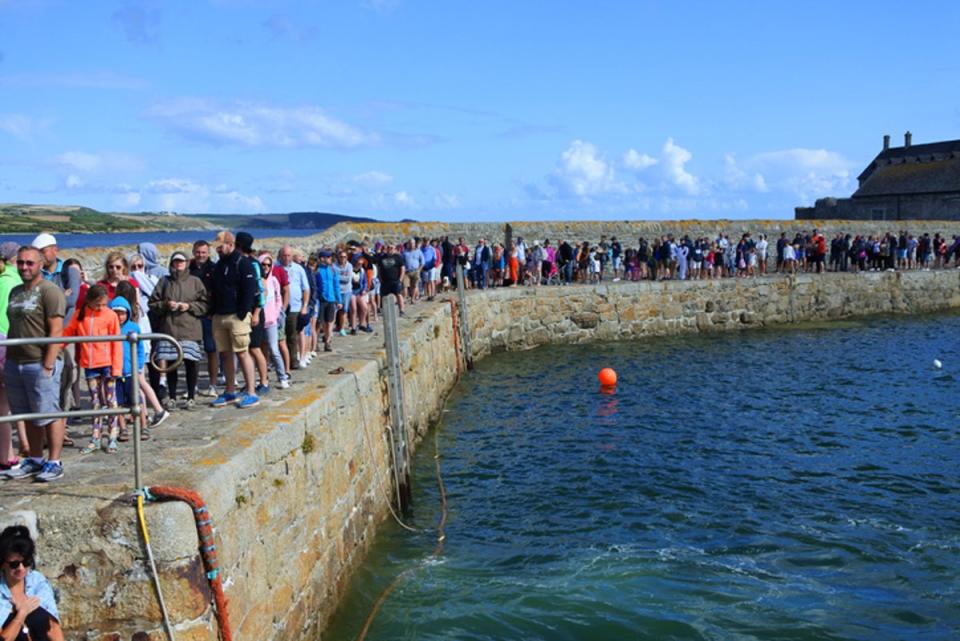
Cornish holiday lets are facing a compulsory registration proposal to combat overtourism during peak periods. Short-term rental platforms such as Airbnb and Vrbo have created an influx of additional holiday accommodation properties to the already growing housing crisis in Cornwall. Last March, the government also proposed a £160m crackdown on “problematic” behaviour, including in short-term holiday lets.
Dubrovnik, Croatia
A “Respect the City” campaign in Dubrovnik introduced new measures for visitors to the Unesco World Heritage city, including bans on walking around in swimwear, driving without special permission, eating and drinking around cultural monuments and climbing on the city walls. All offences are punishable by fines and criminal charges.
O’ahu, Hawaii
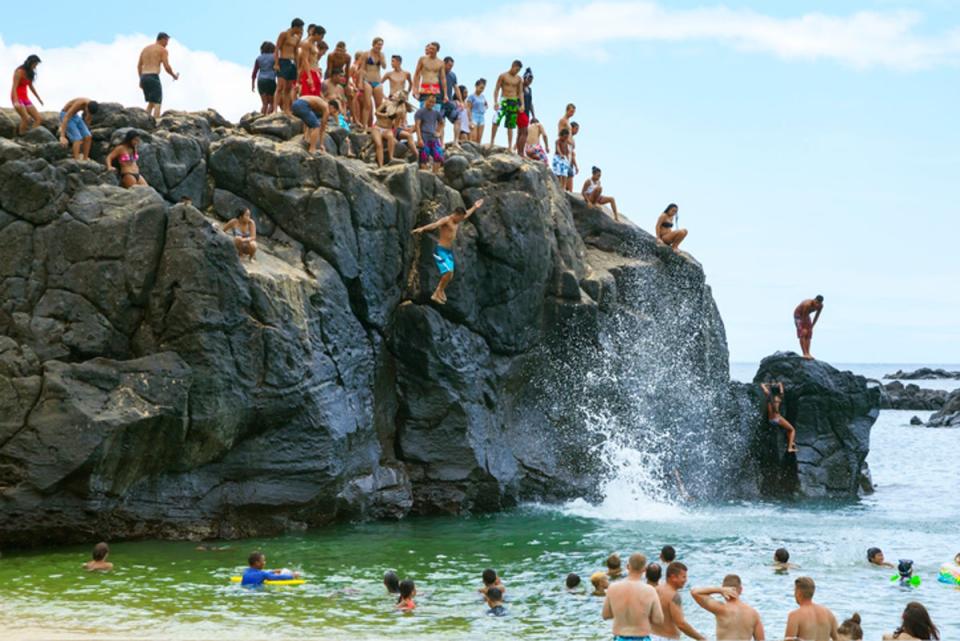
Hawaii is cracking down on visitor numbers to take care of its unique natural environment, repair coral reefs and maintain state parks and trails. A $25 (£20) “green” tourist fee is being considered in the state that would require tourists to pay when checking into hotels or short-term rentals. Democratic Gov. Josh Green said: “We get between nine and 10 million visitors a year [but] we only have 1.4 million people living here. Those 10 million travellers should be helping us sustain our environment.”
Bhutan, The Himalayas
Since the country opened to tourism in 1974, visitors to Bhutan must pay a ‘Sustainable Development Fee’, now US$100 (£80) per day – the world’s most expensive entrance fee – to restrict footfall on the landlocked Himalayan nation and encourage “high value, low impact” tourism. The tourism tax was halved from $200 in September 2023 for travellers who opt to visit, a $35 increase from the $65 pre-pandemic charge.

 Yahoo News
Yahoo News 
